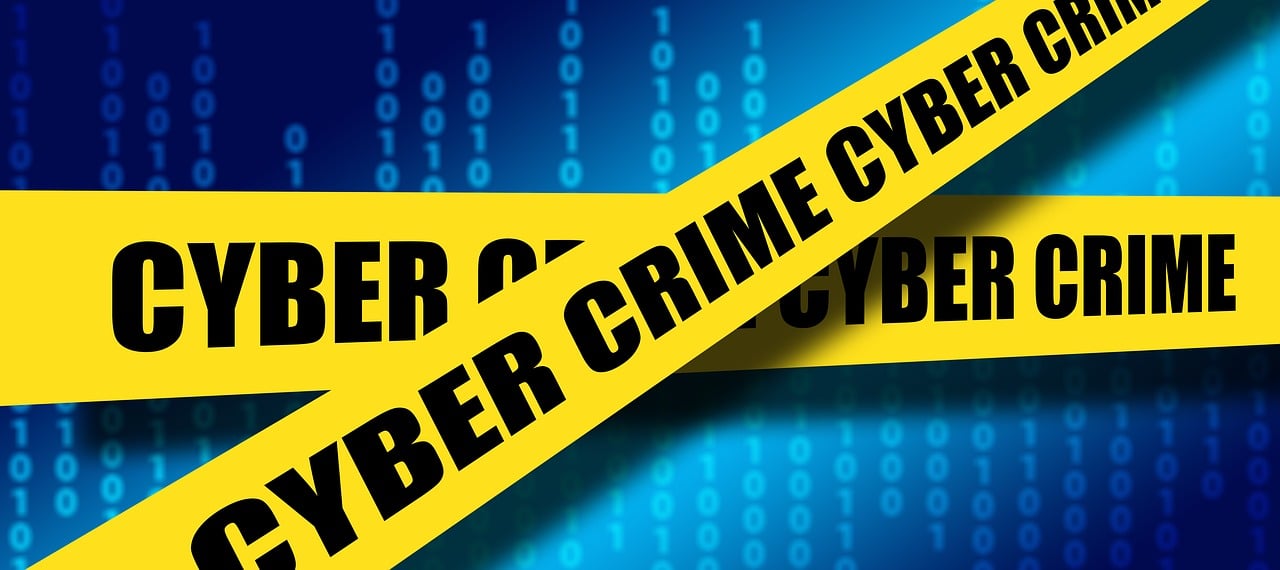Securing Cyberspace: Insights Into Cybercrime Investigations In India

Introduction:
In an age where digital technology permeates every aspect of our lives, cybercrime has emerged as a significant threat, impacting individuals, businesses, and even national security. The advent of the internet has revolutionized communication, commerce, and social interaction, but it has also provided new avenues for criminals to exploit vulnerabilities and perpetrate illegal activities.
Let’s say you receive an email, seemingly from your bank, requesting sensitive personal information to update your account details. Believing it to be genuine, you provide the requested information, only to discover later that you have fallen victim to a phishing scam, resulting in financial loss and identity theft. This is just one example of the countless cybercrimes that occur every day, highlighting the urgent need for legal frameworks and effective law enforcement mechanisms to combat this growing threat.
Table of Contents
Legal Procedures For Cybercrime Investigations In India:
In India, the investigation and prosecution of cybercrimes involve a multifaceted approach that encompasses law enforcement efforts, technological expertise, and procedural safeguards. The Information Technology (IT) Act of 2000[1] serves as the primary legislative framework governing cybercrimes in the country, with amendments made in 2008 to address emerging challenges.
Role Of Different Law Enforcement Agencies:
- Cyber Crime Cells and Police Stations: Several states in India have established specialized units or cells dedicated to investigating cybercrimes. These units are staffed with trained personnel, including cybercrime investigators, forensic experts, and technical specialists equipped to handle complex digital investigations. Additionally, regular police stations are empowered to take up the investigation of cybercrime cases, ensuring widespread coverage and accessibility for victims.
- Central Bureau of Investigation (CBI): The CBI has developed a specialized structure to regulate cybercrimes, including the Cyber Crime Investigation Cell and Cyber Forensics Laboratory. These units leverage advanced forensic tools and techniques to collect, preserve, and analyze digital evidence retrieved from computers, mobile devices, and other electronic sources.
- Indian Computer Emergency Response Team (CERT-In): Established by the Department of Information Technology, CERT-In plays a crucial role in monitoring and responding to cybercrime incidents. It collects, analyzes, and disseminates information relating to cyber threats, provides forecasts and alerts to investigating teams, and coordinates with law enforcement agencies to mitigate risks and safeguard critical infrastructure.
Digital Evidence In Indian Courts: Admissibility And Challenges:
In the digital age, the presentation of digital evidence plays a pivotal role in the prosecution of cybercrimes. However, the admissibility of such evidence in Indian courts is subject to certain legal requirements and procedural hurdles.
Legal Requirements for Presenting Digital Evidence:
- Authentication: One of the primary challenges in presenting digital evidence is establishing its authenticity and reliability. Courts require that digital evidence be properly authenticated to ensure its integrity and admissibility. This may involve demonstrating the chain of custody, verifying the source of the evidence, and proving its relevance to the case at hand.
- Certification: Digital evidence must be accompanied by appropriate certification or documentation to attest to its accuracy and origin. This may include forensic reports, expert testimony, or affidavits affirming the veracity of the evidence presented.
- Relevance: The relevance of digital evidence to the case must be clearly established, ensuring that it is material to the issues in dispute and not merely speculative or tangential. Prosecutors need to show how the digital evidence strengthens their arguments and contributes to the overall narrative of the case.
Challenges Associated with Digital Evidence:
- Complexity: The complexity of digital evidence, including its voluminous nature and technical intricacies, can pose challenges for both prosecutors and defense attorneys. Understanding the nuances of digital forensics and navigating technical jargon requires specialized expertise and training.
- Chain of Custody: Maintaining the chain of custody for digital evidence is critical to its admissibility in court. Any break in the chain or improper handling of the evidence could lead to its exclusion or dismissal, undermining the prosecution’s case.
- Privacy Concerns: The collection and use of digital evidence raises privacy concerns, particularly with regard to data protection and surveillance practices. Balancing the need for law enforcement access with individual privacy rights presents a delicate legal and ethical dilemma.
Conclusion:
Cybercrime investigation in India entails a comprehensive legal framework and collaborative efforts by various law enforcement agencies to address the challenges posed by digital technology. While the IT Act of 2000 provides the statutory basis for regulating cybercrimes, its effective implementation requires a concerted approach involving specialized training, technological resources, and procedural safeguards.
By recognizing the legal requirements for presenting digital evidence and addressing the associated challenges, we can enhance the credibility and effectiveness of cybercrime prosecutions, thereby promoting a safer and more secure cyber environment for all.
Let’s work together to build a safer and more resilient cyber world, not just for ourselves, but for generations to come.
[1] https://www.meity.gov.in/content/information-technology-act-2000-0.
King Stubb & Kasiva,
Advocates & Attorneys
New Delhi | Mumbai | Bangalore | Chennai | Hyderabad | Mangalore | Pune | Kochi
Tel: +91 11 41032969 | Email: info@ksandk.com
By entering the email address you agree to our Privacy Policy.